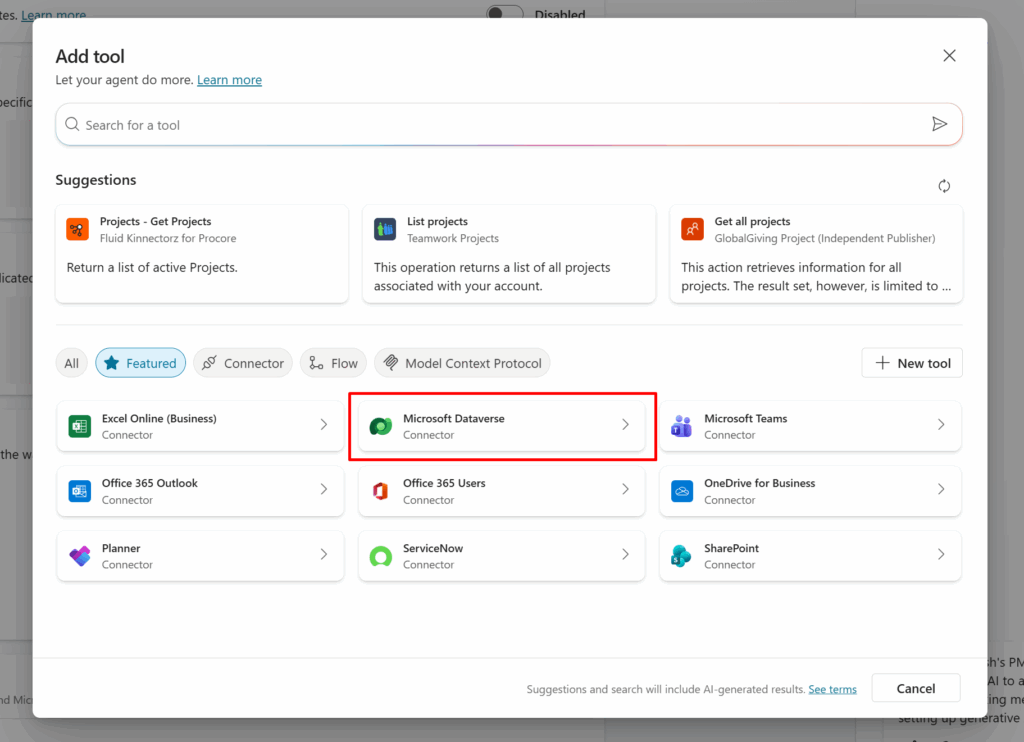Now Reading: SharePoint Folders and subfolders.
-
01
SharePoint Folders and subfolders.
SharePoint Folders and subfolders.
Recently I have been working on a project where there was a requirement to create a series of SharePoint folders in the older but still used Tree structure over a metadata storage.
Previously I have had to scope this up an pass it off to a Developer to build a custom plugin with workflow steps. All of which has a high on off cost to a the customer.
Here is where I used North52 to actually complete this task using their Business Process Activities solution. This tool removed the need for me get some custom C# or JavaScript development work completed. Where as a non-dev consultant I was then able to use the rich features of this solution to write out the steps I needed to create a folder structure with in SharePoint.
I have utilised the Smartflow and xCache features of North52. The smartflow allows me to to group several bit of logic together and the xCache feature allows us to store credentials in the N52 entity “xCache” so when the formal is run it can retrieve the credentials for SharePoint for the org the formula is being run within. These credentials are secured by Field Level Security.

You will notice on the left of the screen in the register tab we have some required fields. These are set as below to control how and what the formula interacts with
Formula Type : Save To Current Record
Mode : server side
Event : Create and Update
Source entity : Document Location
Source Property : All Properties
Target entity : Document Location
Target Property : Relative URL
The code above if triggered on the creation of a document location then runs through the steps :
Check fields contain data
If so set two variables. Room and Building
If these contain data then begin to create the SharePoint folder structure.
Here we are creating a parent folder ‘Building’ with sub folders ‘Room’ and ‘Subfolder1’
And finally before closing out the formula I am then setting the relative ULR of the document location to the ‘ParentPath’. This sets the default location when the user opens the documentation.
IfTrue(ContainsData([sharepointdocumentlocation.regardingobjectid]) and [sharepointdocumentlocation.regardingobjectidtype] = ‘bcg_room’,
SmartFlow(
SetVar(‘Room’, [sharepointdocumentlocation.regardingobjectid.bcg_Room.?]),
SetVar(‘Building’,[sharepointdocumentlocation.regardingobjectid.bcg_Buildingid.bcg_Name.?]),
If(ContainsData(GetVar(‘Room’),GetVar(‘Building’)),
SmartFlow(
SetVar(‘FolderPath’, GetVar(‘Building’)),
SharePointCreateFolder(
xCacheGetGlobal(‘SharePoint_Site’),
xCacheGetGlobal(‘SharePoint_UserName’),
xCacheGetGlobal(‘SharePoint_Password’),
true,
xCacheGetGlobal(‘SharePoint_SiteCollection’) + GetVar(‘FolderPath’),
true),
SetVar(‘ParentPath’, GetVar(‘FolderPath’) + ‘/’ + GetVar(‘Room’)),
SharePointCreateFolder(
xCacheGetGlobal(‘SharePoint_Site’),
xCacheGetGlobal(‘SharePoint_UserName’),
xCacheGetGlobal(‘SharePoint_Password’),
true,
xCacheGetGlobal(‘SharePoint_SiteCollection’) + GetVar(‘ParentPath’),
true),
SetVar(‘FolderPath’, GetVar(‘ParentPath’) + ‘/’ + ‘SubFolder1’),
SharePointCreateFolder(
xCacheGetGlobal(‘SharePoint_Site’),
xCacheGetGlobal(‘SharePoint_Username’),
xCacheGetGlobal(‘SharePoint_Password’),
true,
xCacheGetGlobal(‘SharePoint_SiteCollection’) + GetVar(‘FolderPath’),
true),
),
SetVar(‘ParentPath’, [sharepointdocumentlocation.relativeurl])
),
SmartFlowReturn(GetVar(‘FolderPath’))
)
)















